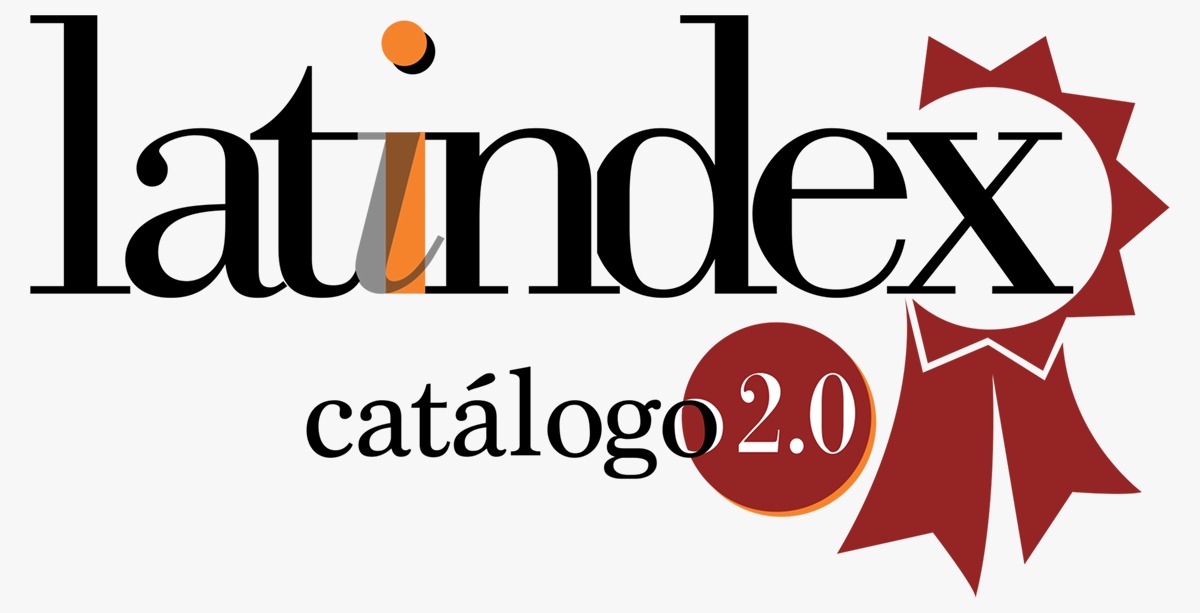What does an engineering teacher do to promote the participation of his students in the construction of knowledge: writing, collective revision and dialogue about writing
DOI:
https://doi.org/10.29197/cpu.v16i32.342Keywords:
writing across the curriculum, teacher education, talking about text, engineeringAbstract
This article is part of an ongoing doctoral thesis that studies the process that a teacher goes through when trying to include writing as a tool to teach the contents of the subject of Numerical methods. The study is carried out from two complementary axes. In the formative axis, the teacher worked together with the researcher-collaborator in the design and implementation of a teaching sequence centered on the writing of a user manual. In the research axis, the purpose was to describe the changes that took place in the teaching activity and the teacher's conceptualizations about these changes, along three implementations of the sequence in successive semesters. 10 hours of class were video-recorded and 30 hours of interviews were audio-recorded, and transcribed in both cases. In this paper, we analyze the teacher's actions, which opened opportunities for students to participate in the dialogue about writing, to perform tasks of revision and to contribute to the construction of knowledge in the classroom. The results show changes from one implementation to another. The professor tried different strategies to open and regulate the revision cycles that gave way to a greater and more varied participation of the students in the joint construction of knowledge. The characterization of these strategies is the focus of this article.
Metrics
References
Artigue, M. (1995). “Ingeniería didáctica” en Artigue, M., Douady, R., Moreno, L., Gómez, P. (Ed.) Ingeniería didáctica en educación matemática. Bogotá: Una empresa docente y Grupo Editorial Iberoamérica, pp. 33-59.
Bajtin, M. (2012). Problemas de la poética de Dostoievski, 3ª ed. México: Fondo de Cultura Económica.
Bazerman, C., Little, J., Bethel, L., Chavkin, T., Fouquette, D. y Garufis, J. (2005). Reference Guide to Writing Across the Curriculum. West Lafayette, Indiana: Parlor Press and The WAC Clearinghouse.
Brousseau, G. (2007). Iniciación al estudio de la teoría de las situaciones didácticas, 1a ed. Buenos Aires: Libros del Zorzal.
Carlino, P. (2004). La distancia que separa la evaluación escrita frecuente de la deseable. Acción Pedagógica, 13 (1), 8-17. https://www.aacademica.org/paula.carlino/123.pdf
Carlino, P., Iglesia, P. y Laxalt, I. (2013). Concepciones y prácticas declaradas de profesores terciarios en torno al leer y escribir en las asignaturas. Revista de Docencia Universitaria, 11(1), 105-135. https://www.aacademica.org/paula.carlino/215.pdf/
Carter, M., Ferzli, M. y Wiebe, E. N. (2007). Writing to learn by learning to write in the disciplines. Journal of Business and Technical Communication, 21(3), 278-302.
Dysthe, O. (1996). The Multivoiced Classroom: Interactions of Writing and Classroom Discourse. Written Communication, 13(3), 385-425.
Dysthe, O., Bernhardt, N, y Esbjørn, L. (2013). Enseñanza basada en el n. Skoletjenesten: Copenhague.
Fernández, G. y Clot, Y. (2010). Entrevistas en autoconfrontación: un método en clínica de la actividad. Informática na Educação: teoria & prática. 13(1), 11-16.
Klein, P. D. (1999). Reopening inquiry into cognitive processes in writing-to-learn. Educational Psychology Review, 11(3), 203-270
Langer, J. A. y Applebee, A. N. (2007). How Writing Shapes Thinking: A Study of Teaching and Learning. WAC Clearinghouse Landmark Publications in Writing Studies. Recuperado en: http://wac.colostate.edu/books/langer_applebee/ Originalmente publicado impreso en 1987 por el National Council of Teachers of English, Urbana, Illinois.
Lerner, D. (2001). Leer y escribir en la escuela: lo real, lo posible y lo necesario. México: Fondo de Cultura Económica.
Lerner, D. (2017). Diversidad (es) e inclusión educativa. Una mirada desde las Didácticas Específicas. Video de la conferencia en ocasión del Primer Congreso de Educación Diferencial con foco en inclusión escolar, Universidad Alberto Hurtado, abril 2017. Recuperado en enero de 2019 de https://www.youtube.com/watch?v=Wn4JR5P57ZA
Maxwell, J. A. (1996). Qualitative Research Design. An interactive Approach. Thousand Oaks: SAG Publications.
Ochsner, R. y Fowler, J. (2004). Playing Devil's Advocate: Evaluating the Literature of the WAC/WID Movement. Review of Educational Research, 74 (2), 117-140.
Pastré, P. (2007). Quelques réflexions sur l’organisation de l’activité enseignante [Traducción de Elisabeth Muñoz de Corrales]. Recherche et formation [En ligne], 56. Disponible en : https://journals.openedition.org/rechercheformation/907
Pastré, P. (2008). Apprentissage et activité. En Y. Lenoir y P. Pastré (Eds.), Didactique professionnelle et didactiques disciplinaires en débat: un enjeu pour la professionnalisation des enseignants. [Traducción de Elisabeth Muñoz de Corrales]. Toulouse: Octarès Éditions, 53-79.
Pastré, P. (2011). "Situación de aprendizaje y conceptualización" en Recherches en Education, N°12 – « Revisiter la notion de situation: approches plurielles » p. 12-25. Coordonné par Yves LENOIR et Frédéric TUPIN. Traducido del francés por Elisabeth Muñoz de Corrales (UNIPE)
Sánchez, E., García, R. y Rosales, J. (2010). La lectura en el aula. Qué se hace, qué se debe hacer y qué se puede hacer. Barcelona: GRAÓ.
Sensevy, G. (2007). Categorías para describir y comprender la acción didáctica. En Sensevy, G y Mercier, A. (2007). Agir ensemble: l’action didactique conjointe du professeur et des élèves. Rennes: PUR. 5-34. Traducción de Juan Duque y revisión de René Rickenmann. Programa de colaboración de la Universidad de Antioquia y de la Universidad de Ginebra, y sus grupos de investigación GECEM-SED 2007-2009.
Sensevy, G., Forest, D., Quilio, S. y Morales, G. (2013). Cooperative engineering as a specific design-based research. ZDM, The International Journal on Mathematics Education, 45(7), pp. 1031-1043.
Wells, G. (1990). Creating the Conditions to Encourage Literate Thinking. Educational Leadership, 47(6), 13-17.
Wells, G. (2004). Dialogic Inquiry. Toward a Sociocultural Practice and Theory of Education. Cambridge University Press.
Published
How to Cite
Issue
Section
License
Unless otherwise indicated, all articles in this journal are published under a
Licencia Internacional Creative Commons 4.0 Atribución-NoComercial-CompartirIgual .
The authors retain the copyright and assign the right to the first publication to the magazine.









